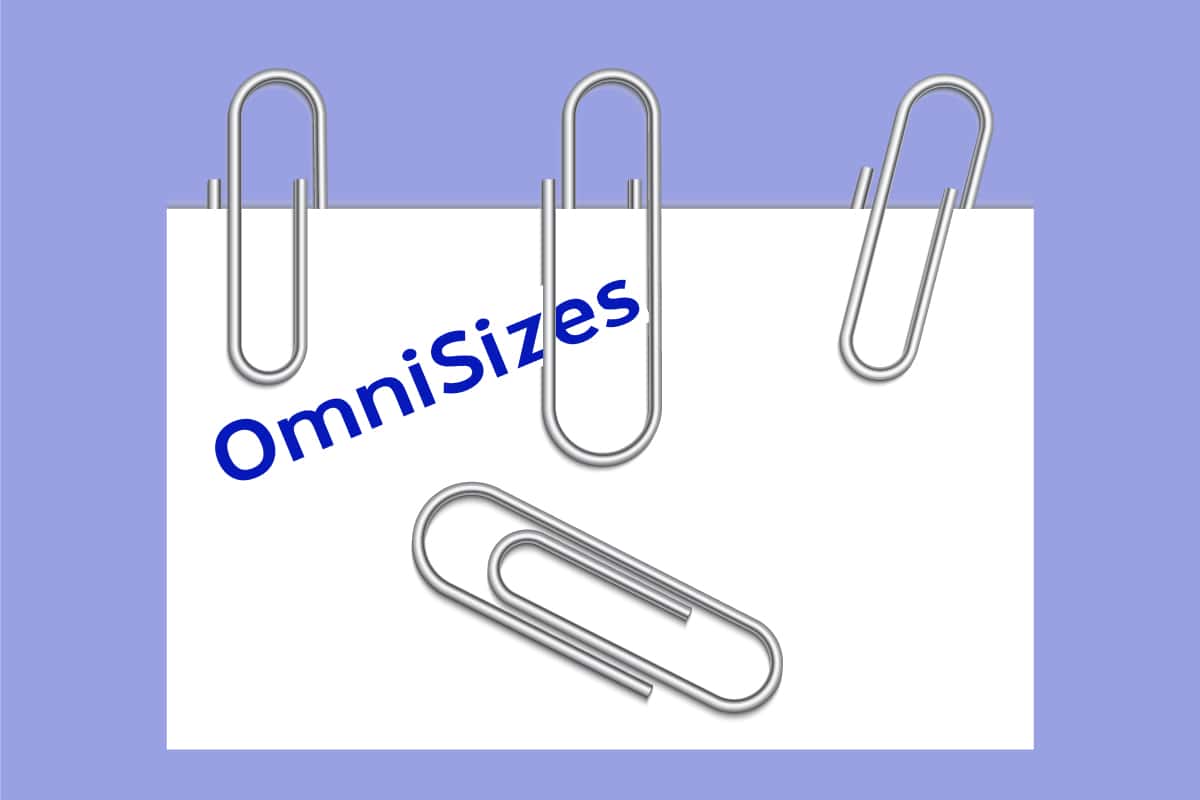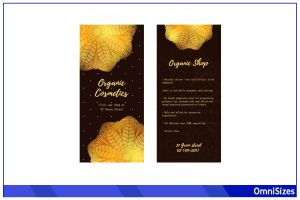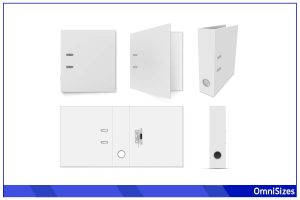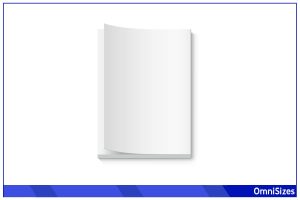Paper clips are everyday items that many of us use without giving much thought. These small, twisted pieces of metal come in a variety of sizes, designed to hold together sheets of paper. Despite their simplicity, the size of a paper clip can impact its functionality and the task at hand.
Standard paper clip sizes are categorized as No. 1 (Standard) measuring 1 inch, No. 2 (Jumbo) measuring 1.3 inches, and No. 3 (Giant) measuring 2 inches in length. Specialty paper clips, on the other hand, come in designs such as Circular, Owl, and Ideal Clips.
This article will offer more insight into paper clip sizes and their practical uses based on size.
Basics of Paper Clip Size Terminology
When discussing paper clips, terms like “gauge” and “length vs. width” frequently appear.
Gauge
Gauge refers to the thickness of the wire used to make the paper clip. A lower gauge number indicates a thicker wire, which means a sturdier paper clip. For example, a 10-gauge paper clip is thicker and stronger than a 16-gauge one.
Length vs. Width
The length of a paper clip is the measurement from one end to the other when it’s laid flat. This determines how many sheets of paper the clip can securely hold. Width, on the other hand, refers to the size of the looped portion. While length impacts the clip’s holding capacity, width plays a role in its ease of use and aesthetic appeal.
Standard Paper Clip Sizes
When you reach for a paper clip, chances are you’re grabbing one of the standard sizes. These sizes are the most common and have been optimized for various settings.
No. 1 Size (Standard)
The No. 1 size, often just called the Standard, measures approximately 1 inch in length. Made with a wire gauge typically ranging between 16 to 18, it’s a versatile choice. Ideal for holding a few sheets of paper together, it’s a staple in most office and home stationery kits. You can easily find plenty of paper clips of this size on Amazon.
No. 2 Size (Jumbo)
The No. 2 size, known as the Jumbo, stretches to about 1.3 inches. With a slightly lower wire gauge, usually between 14 to 16, it offers more strength. This size is perfect when you have a larger stack of papers, possibly reaching up to 20 sheets or more, that need to stay together. Find the jumbo paper clip size here.
No. 3 Size (Giant)
Towering over the other two, the No. 3 size, aptly named Giant, spans 2 inches in length. Crafted using a wire gauge hovering around 12 to 14, it boasts significant holding power. Suited for hefty document stacks, this robust clip ensures your papers remain neatly aligned, whether on your desk or in a folder.
Pros and Cons of Standard Sizes
| Paper Clip Size | Pros | Cons |
| No. 1 (Standard) | Handles small stacks efficiently
Widely available and often more cost-effective |
Struggles with thicker stacks |
| No. 2 (Jumbo) | Firm hold for medium-sized stacks
Easy to spot on busy desks |
Can be too large for minimal pages |
| No. 3 (Giant) | Designed for hefty stacks
Thicker gauge wire for longevity |
Size can be cumbersome for smaller tasks or delicate papers |
Specialty Paper Clip Sizes
Beyond the standard clips that many are familiar with, there’s a realm of specialty paper clips designed for distinct purposes. These clips often bring a touch of flair or added functionality to the mundane task of holding papers together.
Circular Paper Clips
These aren’t your typical straight-lined clips. Circular paper clips, as the name suggests, sport a round design. Their shape provides an even distribution of pressure, making them less likely to cause creases or damage to your documents. They can hold roughly 10-15 sheets, and due to their unique look, they’re also a popular choice for crafting projects or as bookmarks.
Owl Clips
Owl clips stand out with their distinct “owl eyes” design. This isn’t just for show; the double-loop design grants them superior holding strength without increased wire thickness. They’re adept at gripping larger stacks of paper firmly, making them a favorite in environments where document security is a priority.
Ideal Clips
Ideal clips are known for their triangular shape and a tight grip. Their design allows users to easily add or remove papers without disturbing the rest of the stack. With their strong grip, they’re perfect for keeping together documents that undergo frequent handling, such as reports or presentations.
Pros and Cons of Specialty Sizes
| Specialty Paper Clip Type | Pros | Cons |
| Circular Paper Clips | Less likely to cause creases
Great for crafts or as bookmarks |
Might not hold very thick stacks as effectively |
| Owl Clips | Double-loop design for better grip
Ideal for important documents |
Can be trickier to use for those unfamiliar with the style |
| Ideal Clips | Add or remove papers without disturbing the stack
Holds papers tightly |
Might not be suitable for all tasks due to its triangular design |
How to Choose One Paper Clip Size Over Another
While paper clips are straightforward devices, the choice of size can impact their efficiency.
1. Your Document Thickness
The primary function of a paper clip is to bind sheets together. Naturally, the thickness of your documents is a decisive factor.
- Few Sheets (1-10): A No. 1 size (Standard) is usually sufficient for daily tasks like grouping bills or a few printouts.
- Moderate Stack (10-20): For slightly thicker stacks, a No. 2 (Jumbo) size is more appropriate, offering a secure grip without being overbearing.
- Hefty Bundles (20+): For extensive reports or manuscript drafts, a No. 3 (Giant) or a robust specialty clip, like the Owl clip, might be the best fit.
2. Frequency of Access
How often you access the papers can also guide your choice.
- Infrequent Access: If you’re archiving documents or storing them for extended periods, a sturdy clip that offers long-term grip, like the Giant or Ideal clip, can be advantageous.
- Regular Handling: For documents accessed regularly, like ongoing project files, clips that allow easy addition or removal of sheets, such as the Ideal clip, are more suitable.
3. Aesthetic Preferences
Sometimes, the choice of a paper clip is less about function and more about form.
- Professional Settings: In business environments, a clean, understated look might be preferred. Standard sizes, especially in silver or muted colors, are often the go-to.
- Creative or Informal Settings: For those looking to add a bit of flair or personality, specialty clips like the Circular ones or ones with decorative designs can serve both practical and decorative purposes.
4. Material of Documents
If you’re clipping together specialty papers, such as glossy brochures or cardstock, you might need a clip with a more delicate grip.
- Thick or Glossy Sheets: Using a clip with a softer grip, like a Circular clip, can prevent damage or creasing.
- Standard Paper: The typical No. 1 and No. 2 sizes usually suffice for everyday printer paper.






